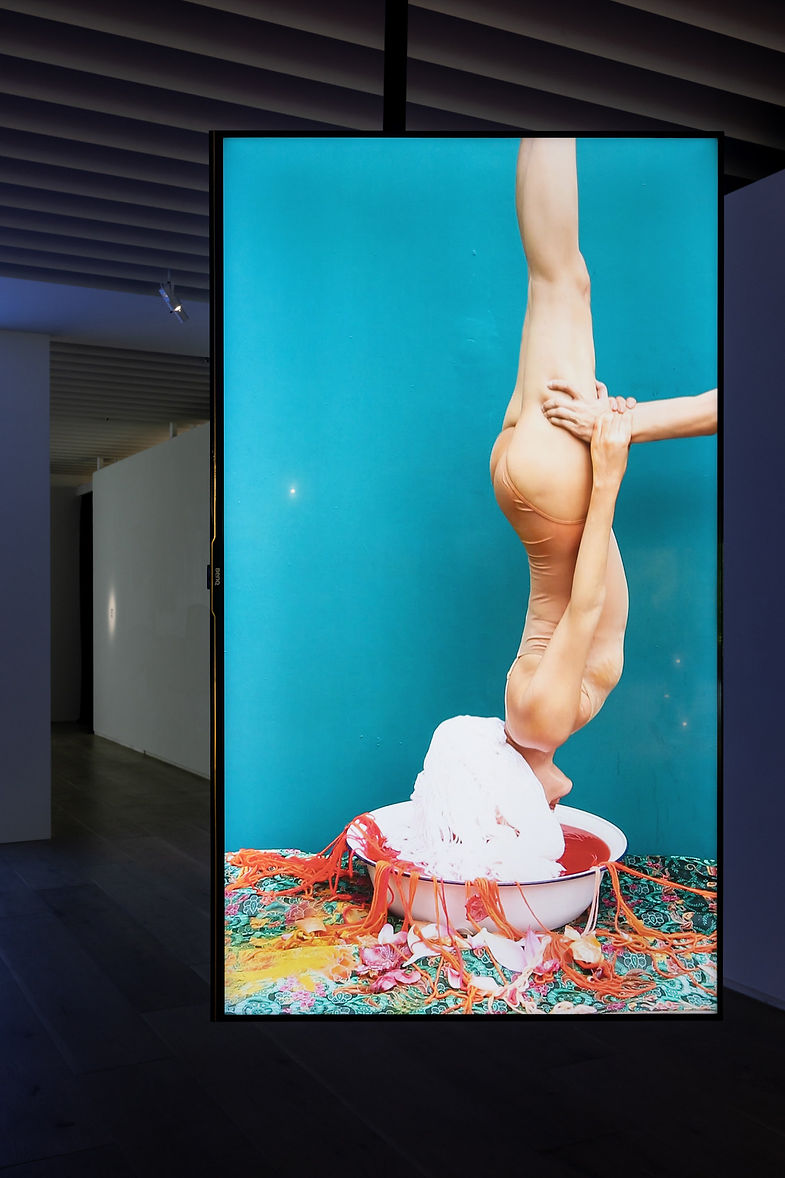



Dasein – Born to Be Human
“Human is a reality check. When we strip away the illusions of progress, what are we really? Or what do we need to become in order to be truly human?”— Antony Gormley
Born in the contemporary world, in which digital computing has gradually replaced the human brain, and technology has substituted for physical labor, we, as human beings, have no choice but to accept our irreversibly decaying flesh that makes us more aware of our own mortality. What makes us human? How do we comport ourselves to be truly human?
In his magnum opus Being and Time, German philosopher Martin Heidegger inquired into the essence and condition of human existence. He coined the term “Dasein” which connotes the very “being of humanity.” Dasein is literally translated as “being here.” More specifically, it refers to the presence of human beings as conscious subjects who perceive the connections between themselves and everything around them.

The Chinese title of this exhibition “亻” is a Chinese radical. It is used as a symbol to denote all the encounter-afforded possibilities among people. This exhibition also adopts Dasein to describe the human condition here and now in this world. Seeking to explicate the multi-layered thinking and the philosophical debates on the existence of “humanity” in the world, this exhibition features the works by a total of 11 artists from home and abroad, and reinterprets the meaning of “born to be human” in four subthemes, including “Body Politics and Incarceration,” “Internal Dialogue,”“Construction of Individual-Community Relations,” and “Non-existent Existence.”
The Jut Art Museum has long been critically cogitating on the relationship between space and humanity by organizing exhibitions of urban architecture and contemporary art. “Human beings” are the most basic units of a city and a humanistic society. Therefore, revolving around human beings, this exhibition reflects on the meaning of human existence in the world, with a particular focus on the intertwined relations between humans and themselves, humans and others, as well as between humans and the environment. In sum, this exhibition revisits the essence of multifaceted human beings via art, insofar as to explore the meaning of “born to be human.”
